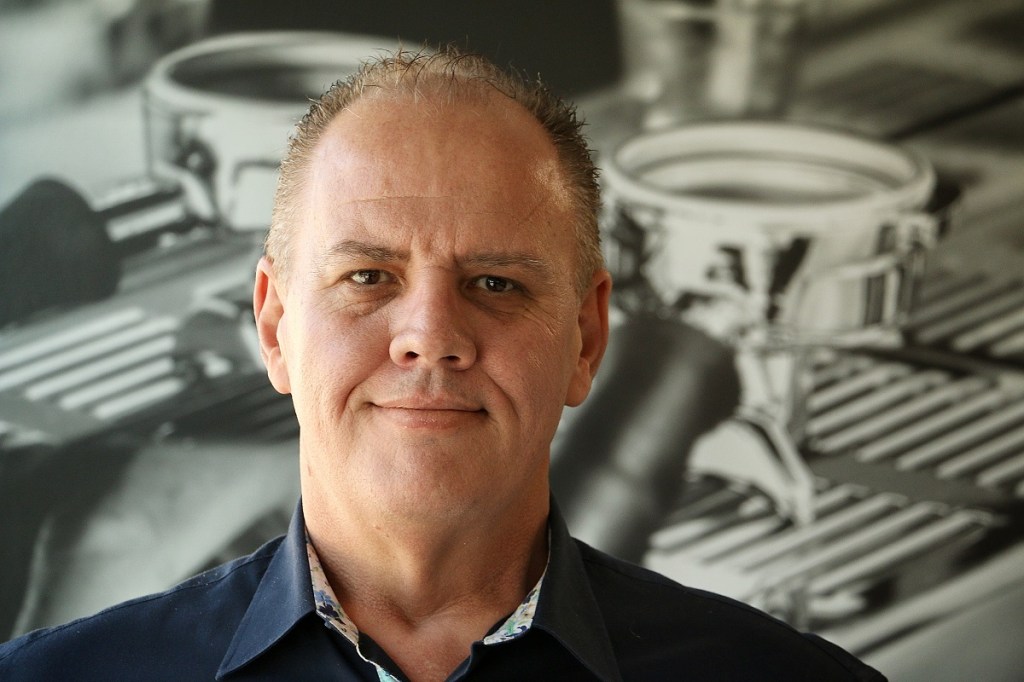Darren Park, CEO, United Convenience Buyers, examines the future of convenience retail and the challenges and opportunities that lie ahead.
The first quarter of 2023 has moved faster than I can ever remember. My January was not like a traditional Christmas / New Year period, my team and I were deep into the final stages of hosting the 2023 UCB National Member Conference, in Queensland. While we haven’t seen the full level of feedback yet, it felt to me that many retailer members and suppliers had a memorable time.
As I reflect on the value of conferences – and for me there are so many good reasons they add value – the one item which has struck me as being incredibly valuable is the guest speakers list. Apart from sharing valuable insights, perspectives, and opinions, they also encourage you to think about our industry challenges and opportunities, from different angles.
Recently I took an opportunity to listen to a speaker from a well-known global consultancy*, where the topic of discussion was ‘Glass Half Empty or Glass Half Full’. This immediately garnered my interest, I’m a glass half full person so I listened intently looking for the usual perspectives and was pleasantly surprised with the summary, which loosely translated to: “The three reasons to believe in the c-store future.” I liked them so much, that I wanted to share a summary with you in my opinion piece.
- Traditional fossil and biofuels cash profit may decline over the next 10 years, but non-fuel retail value cash profits may cover that shortfall by at least two times. If fossil and biofuels cash profits fall by $7 billion globally, non-fuel retail (shop, food and other sales) cash profits may grow by $16 billion. On top of that, EV and hydrogen value pools may grow by $13 billion. So, as a global industry, we may well grow and not as some would suggest, suffer a slow decline.
- Over the last four years, we’ve seen global convenience players such as 7-Eleven, EG and Couche-Tard for example, invest many billions of dollars into network acquisitions. Servicing mobility needs across the shopper spectrum, is going to require well located sites and many of them. They are active acquirers of fuel assets. Convenience retail is not going to disappear, it will of course change and while I don’t have the best crystal ball, I think we’ll devise approaches and adapt as our shoppers challenge us to.
- The EV driver today displays convenience shopping behaviours that are at the very least, similar to what we see currently. When EV drivers for example are on your forecourt, they do purchase products, they do so with regularity and there’s anecdotal evidence to suggest that they could drive strong yields per shop. We need to treat them like we do our current shoppers – for example let’s not put EV chargers right at the back of our sites and make them feel shopping with you, is not convenient.
Now, I’m not for one minute suggesting that the game is over, and we don’t have to do anything. We have much work to do together. Site design enhancements, like drive-throughs and good indoor and outdoor seating, continually upweighting our food and beverage offers is critical, making our centre of store offers such as grocery more competitive, and leveraging our skill at driving impulse occasions and making that difficult to replicate, will help us build site shop sales.
The future of convenience retailing is bright, and just like the last 100 years we will have to confront the challenges of change. I’m up for the challenge, and I hope you are too.
*McKinsey & Company 2023
This article was written by Darren Park, CEO, United Convenience Buyers, and was originally published in the April/May issue of Convenience & Impulse Retailing magazine.
To stay up to date on the latest industry headlines, sign up to the C&I e-newsletter.

